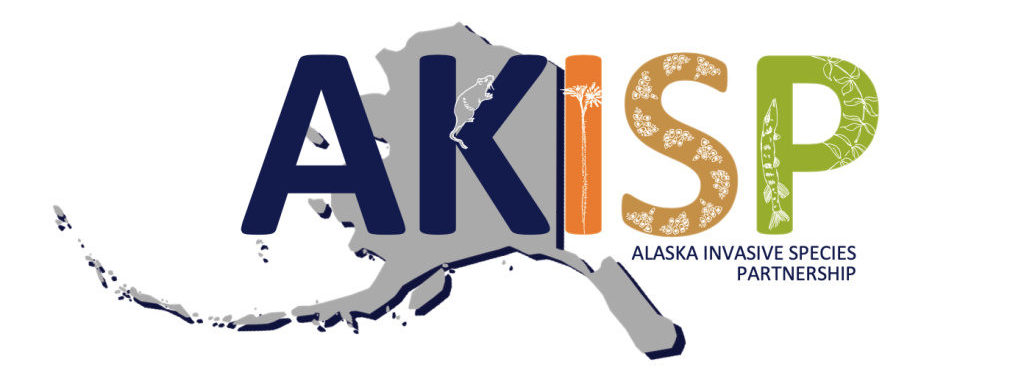How To Report Invasive Species

To report invasive species choose an online form or mobile application option below, or call 1-877-INVASIV

REPORTING TOOLS
Aquatic Invertebrates, Fish and Other Animals
The Alaska Department of Fish and Game Invasive Species Reporter accepts submissions for several types of organisms or links the person reporting to another reporting tool. Select the organism type you wish to report, fill out the electronic form, upload pictures, and drop a pin on the location where you observed the organism. You can also dial 1-877-INVASIV
Image: Zebra Mussel, Randy Westbrooks, Invasive Plant Control, Inc., bugwood.org

Insects and Spiders
Download our app, AK Invasives ID to get started identifying invasive insects, and EddMapS for reporting invasive inseect observations. You can also submit photos of your insect or spider with a description of the location to the UAF Cooperative Extension Service Pest Reporter and entomologists will identify the submitted arthropod. Look for a mobile app for these submissions in the near future. Or dial 1-877-INVASIV.
Image: Spongy Moth, John Ghent, bugwood.org

Plants: Terrestrial and Aquatic
Download our app, AK Invasives ID to get started identifying invasive plants, and EddMapS for reporting invasive plant observations. You can also submit photos of your plants to the UAF Cooperative Extension Service Pest Reporter. The Alaska Department of Fish & Game also has an invasive species reporter for aquatic plants. Each of these report platforms will accept images and has tools to help with location information. Or dial 1-877-INVASIV.
Image: Purple Loosestrife, Westchester Lagoon, Anchorage, Alaska

Plant Diseases
Submit photos of your infected tree/plant with a description of the location to the UAF Cooperative Extension Service Pest Reporter, and we will work with partners to identify the plant disease. Or dial 1-877-INVASIV.
Image: Spruce Bud Blight

Ticks
Did you find a tick on a pet, livestock, or yourself? The Alaska Submit-a-Tick program wants your sample! Visit their website to download an information form and for instructions on submitting your tick. Ticks can be mailed or dropped off at your local Alaska Department of Fish & Game office once the specimen is properly labeled and stored. See https://dec.alaska.gov/eh/vet/ticks/submit-a-tick/ for more information. If you aren’t sure you have a tick and want to check first, you can send the information to the UAF Cooperative Extension Service Pest Reporter. Or dial 1-877-INVASIV.
Image: American Dog Tick, Mohammed El Damir, bugwood.org

Slugs and snails
Submit photos of slugs and snails with a description of the location to the UAF Cooperative Extension Service Pest Reporter. For more information on submitting slug photos and specimens see our slug watch page. Or dial 1-877-INVASIV.
Image: European black slug, Hoonah, Alaska

TIPS FOR REPORTING

Take a picture of the organism and another the area you observed it. If possible, include a common item for scale, like a pencil, pen knife or coin.
Note the location you observed the organism. Use our mobile app Alaska Invasives ID, or collect the GPS coordinates. Take notes of landmarks to help relocate the species, such as “near the bridge,” “at the mile 10 marker” or “the north side of the pier in Goose Bay.” Be as specific as possible.

Thanks!
Your report is important to resource managers in Alaska. Reports submitted to the Alaska Invasive Species Hotline and the online reporting tools are sent to agencies and organizations with interest and responsibility for managing invasive species. They may contact you after you submit a report to request more information or to let you know the identification of the organism.
TRAINING OPPORTUNITIES ARE AVAILABLE
You can be a “First Detector” by noticing new or unusual pest sightings in our gardens, landscapes, forests, and other natural areas and reporting them. We offer free online resources and tools to train you in identification and reporting these species. Once you have registered and taken 5 credits worth of training you are an official “First Detector” and that can come with benefits for enrollment in some programs, other incentives, and bragging rights.
